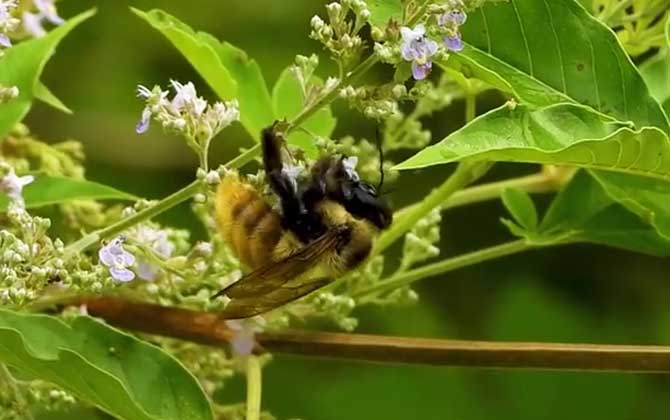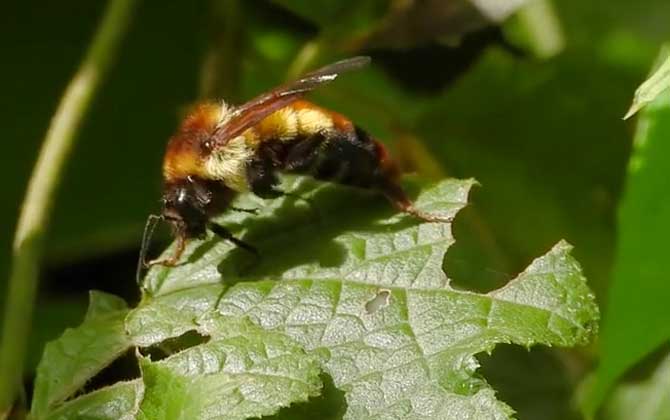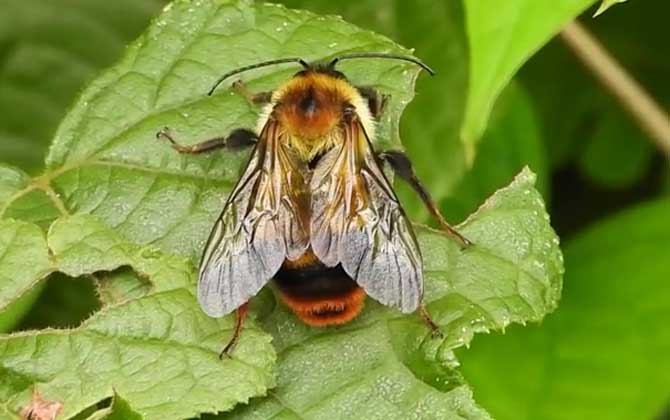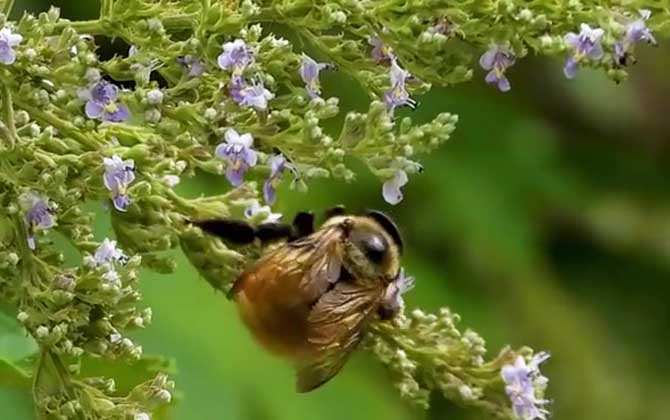Chinese Carpenter Bee: A Comprehensive Guide

1. Species Overview
The Chinese Carpenter Bee (Xylocopa sinensis), also known as the Wood Bee or Hu-Ma Feng, is a solitary insect belonging to the family Apidae and genus Xylocopa. Native to China, this species is widely distributed across the country except in some northwestern regions. Key characteristics include:
- Taxonomy: Animalia > Arthropoda > Insecta > Hymenoptera > Apidae > Xylocopa
- Preferred Plants: Peach trees, sunflowers, periwinkles, dahlias, and crabapple blossoms
- Ecological Role: Important pollinator for both wild and cultivated plants

2. Morphological Features
This robust bee exhibits significant sexual dimorphism:
Female
- Body length: 25-26 mm
- Jet-black body with deep punctures on abdominal tergites
- Brown wings and dark brown hairs on clypeus, frons, and abdominal segments 5-6
- Distinctive yellow hairs on vertex margins, cheeks, and thorax
Male
- Body length: 24-25 mm
- Yellow markings on clypeus and mandible base
- Golden-yellow antennae segments
- Dense yellowish hairs covering body and legs

3. Geographic Distribution
While primarily endemic to China, its habitat spans diverse regions:
- Primary Locations: Liaoning, Hebei, Zhejiang, Jiangxi, Hubei, Fujian, Guangdong, Hainan, Guangxi, Sichuan, Yunnan, Shandong, and Shaanxi
- Habitat Preferences: Temperate to subtropical zones with abundant flowering plants
- Altitude Range: Found from coastal lowlands up to 2,000-meter elevations

4. Life Cycle Development
As holometabolous insects, they undergo four distinct stages:
- Egg Stage: Oval-shaped, pearly white eggs laid in wooden tunnels
- Larval Phase: Legless, C-shaped larvae feeding on pollen-nectar mix
- Pupal Transformation: Yellowish-white pupae developing visible anatomical features
- Adult Emergence: Mature bees chew through nest partitions using strong mandibles
The complete metamorphosis process typically takes 6-8 weeks depending on environmental conditions.

5. Behavioral Characteristics
Unique survival strategies define this species:
- Feeding Habits: Exclusive diet of pollen and nectar from preferred host plants
- Nesting Behavior:
- Excavates tunnels in dry, untreated wood
- Constructs partition walls using wood pulp and salivary secretions
- Creates multiple brood cells per nest
- Pollination Efficiency: Effective cross-pollinators due to their large body size and hair density
- Defense Mechanism: Non-aggressive but can deliver mild stings when threatened
6. Conservation Status
While not currently endangered, conservation efforts should focus on:
- Preserving natural nesting habitats
- Maintaining diverse floral resources
- Reducing pesticide use in agricultural areas
Their survival is crucial for maintaining biodiversity and supporting ecosystems through pollination services.